Whenever we talk about charging accessories, chargers often take center stage. They come in all sorts of shapes and sizes, and offer a mind-boggling range of functions. GaN technology, fast charging, smart charging, temperature monitoring, and the list goes on and on. With the vast sea of chargers out there in the market, we're constantly glued to reviews, furiously comparing power outputs, and passionately arguing about which fast charging technology is truly the best. We do this because we believe that charging efficiency and safety hinge on a good charger. But it is only part of the story. Too often, we overlook a crucial component that's quietly essential: the cable.
Choosing the right cable is crucial for both the safety of our devices and the speed at which they juice up. So, before you hastily grab any cable from your drawer, let's explore why the humble charging cable matters far more than you might think. Read on. We'll break it down, starting with the stuff that's easy to spot at a glance.
At First Glance: Cable Length
At first glance, you'd be surprised how much of a difference a cable's length can make. We've all been there. After a whole day's work, you're all set to relax on the couch, but your phone is dying. You reach out for your charging cable, only to find that the cable is just too short to reach from the wall socket. On the flip side, however, if you've got a cable that's way too long, it quickly turns into a tangled mess that's more of a headache than it's worth.
For everyday use, a 3-foot (around 1 meter) cable is usually a solid choice. It gives you enough leeway whether you're working at your desk or cozied up in bed. It's long enough to be convenient but not so long that it becomes a knotted nightmare. However, if you are someone who is constantly on-the-go and relies more on portable chargers than traditional wall chargers, then a shorter one suits you better. Because it can neatly fit into your bag or pocket, making on-the-go charging a breeze. If you are the one on the other side of the spectrum, for instance, charging your device in that far-off corner of the room where the only outlet is, then you'll definitely need a longer cable. Some cables out there can be as long as 10 feet (about 3 meters), and trust me, those can be a lifesaver in certain situations.
The downside to longer cables, is that they are easier to get tangled up, thus ripping the charger from the charging port and damaging the charging port. This brings us to the next point.

The Look and Feel: Cable Material
The next thing you can tell just by picking up a cable is its material. Today's charging cables come in a wide array of colors and materials. Generally, they are made from one of three main materials: the common plastic like PVC (Polyvinyl Chloride), and more heavy-duty options such as braided nylon or TPE (Thermoplastic Elastomer).
PVC cables are everywhere and are usually the cheapest option. They're light and flexible, which is great for easy handling. But here's the thing. Over time, they started to show their age. After a few months of regular use, you might notice that the plastic jacket starts cracking or fraying. It's like they just can't keep up with the wear and tear.
Braided nylon cables, on the other hand, are a bit more rugged. Their braided exterior not only looks pretty cool but also adds an extra layer of protection against all the bending, twisting, and scratching that cables often endure. If you're a bit rough on your charging companions or if you use them in all sorts of scenarios, these heavy-duty cables are a great option. And an added bonus? They don't tangle as easily as some other cables.
TPE cables offer a nice blend of flexibility and toughness. They have this soft, rubbery feel, and are study and durable. Another factor that distinguishes this type of cable from others is its safety. TPE cables are designed to withstand extreme temperatures. Their excellent flame-retardant properties and superior electrical insulation ensure a hassle-free and efficient charge. So, if you're after a cable that not only performs well but also looks and feels top-notch, this could be the one for you.
Apart from the jacket material, the material of the cable core is also worth considering. Charging cables typically consist of one or more conductors, which are usually made of copper or aluminium. Compared with aluminium, copper is a more popular choice due to its excellent electrical conductivity. It allows for efficient power transfer, meaning your devices can charge more quickly. Also, high-purity copper conductors reduce resistance, minimizing energy loss in the form of heat during the charging process. This not only speeds up charging but also helps to protect your devices from overheating. In addition, copper is relatively durable and can withstand repeated bending and flexing, which is crucial as charging cables are often in constant use and subject to movement.
The Hidden Key: Compatibility

Next, let's talk about compatibility. Speaking of compatibility, we usually just focus on the connector type. And yeah, it's important to make sure that the cable has the right plug for your device, whether it's a USB-C, Lightning, or micro-USB. But there's a whole lot more to it than that.
For example, choosing a charging cable for your phone and for your laptop is completely different. You've got to consider how much power your device needs and how much power your cable can handle. Not all cables are created equal when it comes to charging capabilities. Phones generally have lower power requirements compared to computers. A typical smartphone might be designed to charge at around 5W to 30W, depending on whether it supports standard or fast charging. A laptop, on the other hand, needs a robust cable that can withstand higher power needs. Additionally, laptops often have specific charging protocols that the cable must be compatible with. Some laptops use proprietary charging ports and cables that are designed to work only with their respective chargers to ensure optimal performance and safety.
As fast charging becomes increasingly popular, selecting the right cable is crucial to unlock the full potential of this technology. This is because for fast charging to work, both the device you’re charging and the cable itself need to support the same standard. For example, if your phone supports Qualcomm Quick Charge 3.0, which can deliver up to 18W of power, you need a cable that is rated to handle that amount of current. A standard cable that is only designed for 5W charging simply won't cut it.
Today, most charging cables are designed to be compatible with a wide range of devices. For instance, the Pisen 60W Type-C charging cable offers a maximum output power of 60W and is suitable for all devices with a Type-C port, including smartphones, tablets, and laptops.
Beyond the Basics: Additional Features
There are also some extra things to consider when choosing a cable. For example, some cables are designed to be tangle-free. These cables use special materials or designs to stop them from turning into a knotted mess, which can save you a ton of time and headaches. Some cables come with smart temperature control and trickle charging protection features, effectively protecting devices from overcharge and over temperature. Moreover, data transfer is also an important feature. First and foremost, not all USB-C cables are designed to handle data transfer. Despite their identical appearance, the internal configurations of USB-C cables can vary greatly. And this variance has a direct impact on data transfer speeds. If you are looking to maximize data transfer speeds, you need to take a closer look at the cable's specifications to ensure that the cable matches the speed requirements of your device and is suitable to transfer the kind of data you're working with.
Conclusion: How to Choose the Right Cable
See? Choosing the right cable isn't as straightforward as it might seem at first glance. From cable length to material, compatibility to data transfer speed, with so many factors in play, it can be quite overwhelming. As we've explored, cable length can impact the reach and potentially the performance of your connection. The impact of materials extends far beyond appearance, as it is closely associated with charging safety and cable durability. As for compatibility, it is not just about connector types. How much power can it deliver? Does it support fast charging? What fast charging protocols does it support? These are all important questions you should ask yourself before buying a new charging cable.
So there you have it! Now you know what important features and factors to think about when picking a cable for your gadgets. But if you are still scratching your head, don't worry. Pisen is here to save the day. Whether you need a cable for super fast charging or to power up all your devices at once, Pisen has the perfect one for you. Dive in and find your ideal match today!
Related reading : USB-C Fast Charging in 2025: Everything You Need to Know and Why
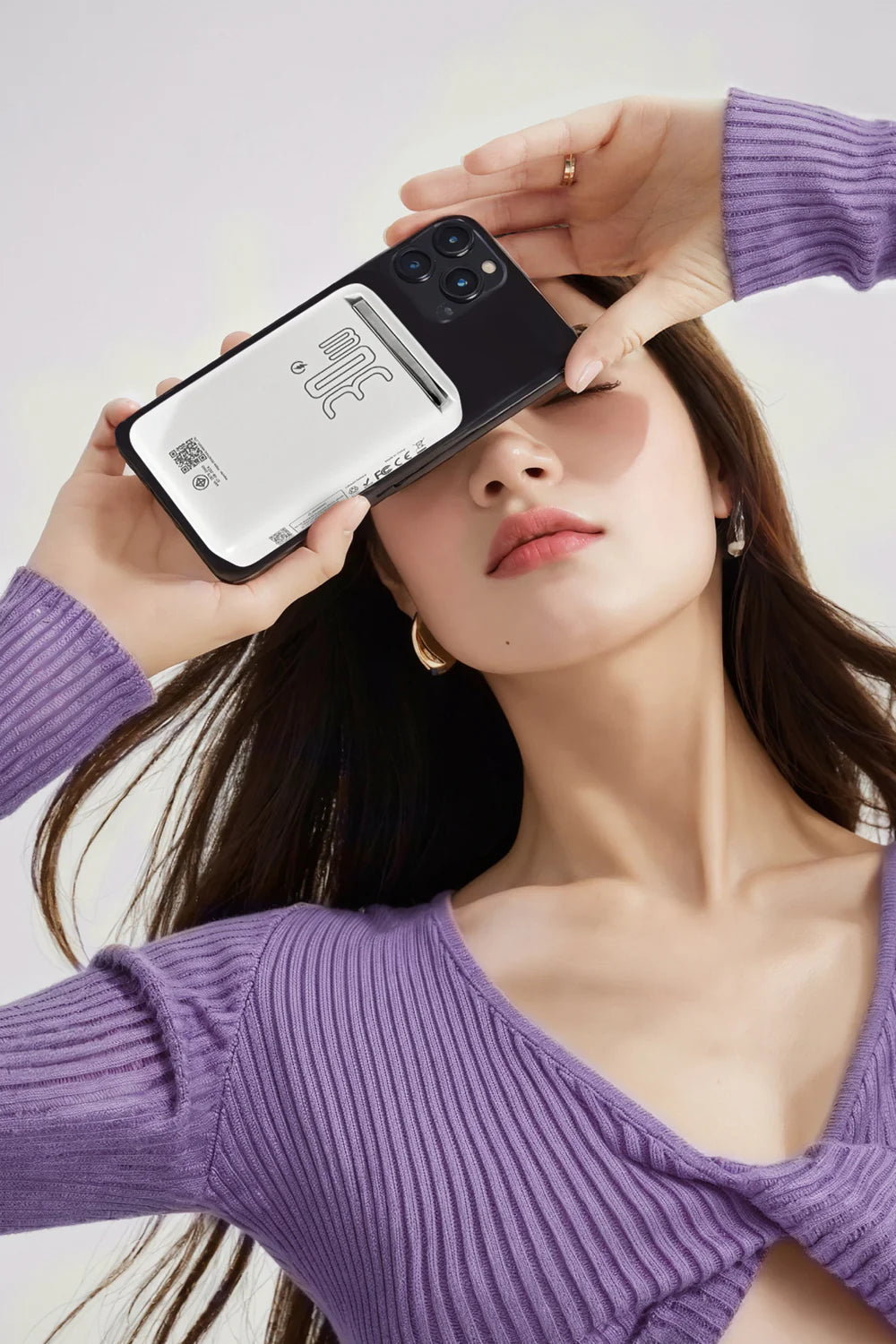
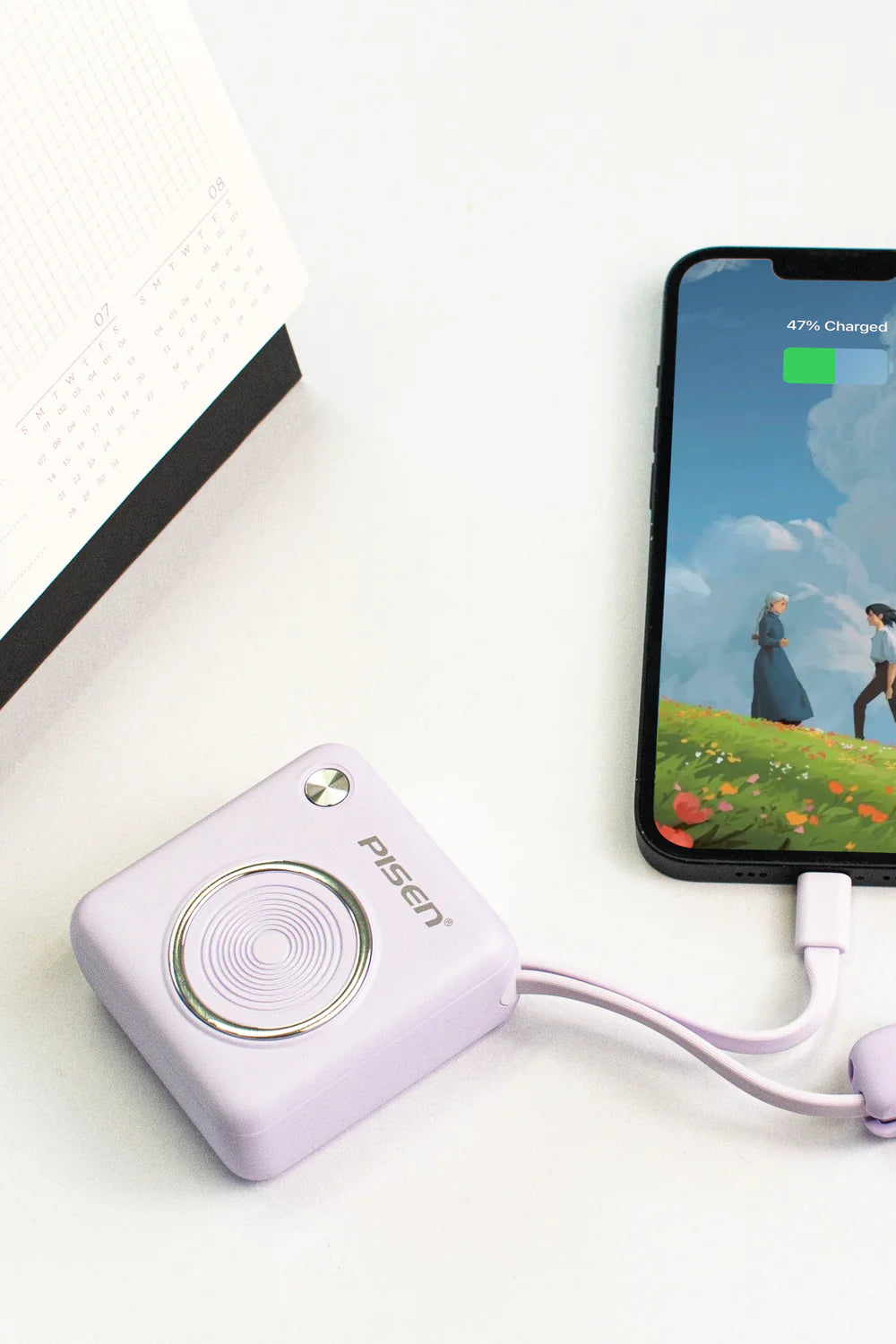
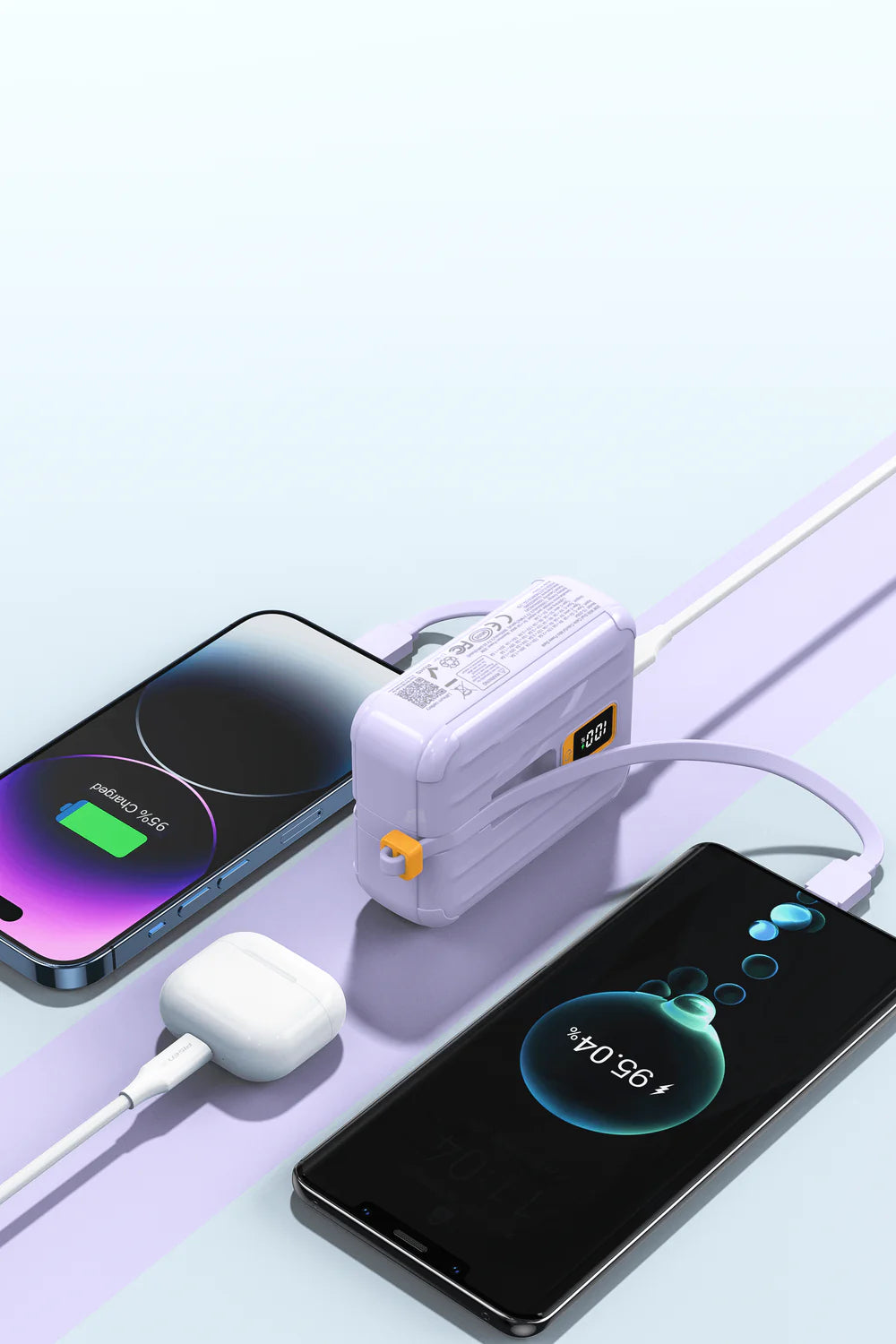

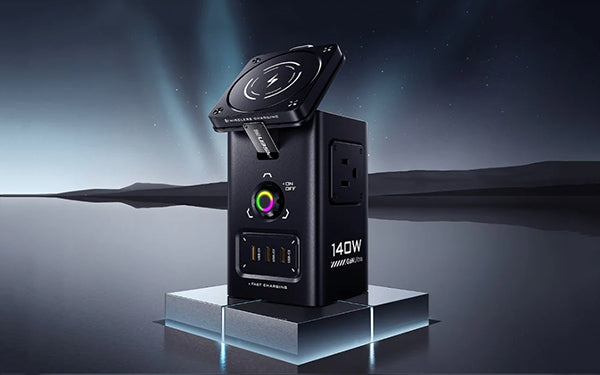

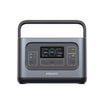
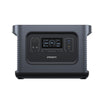

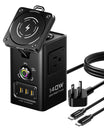
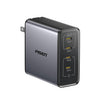
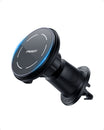
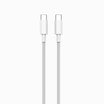
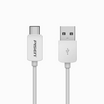
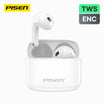
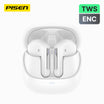
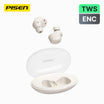
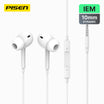
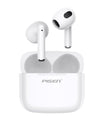
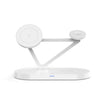
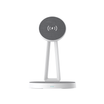
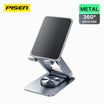
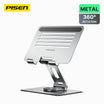
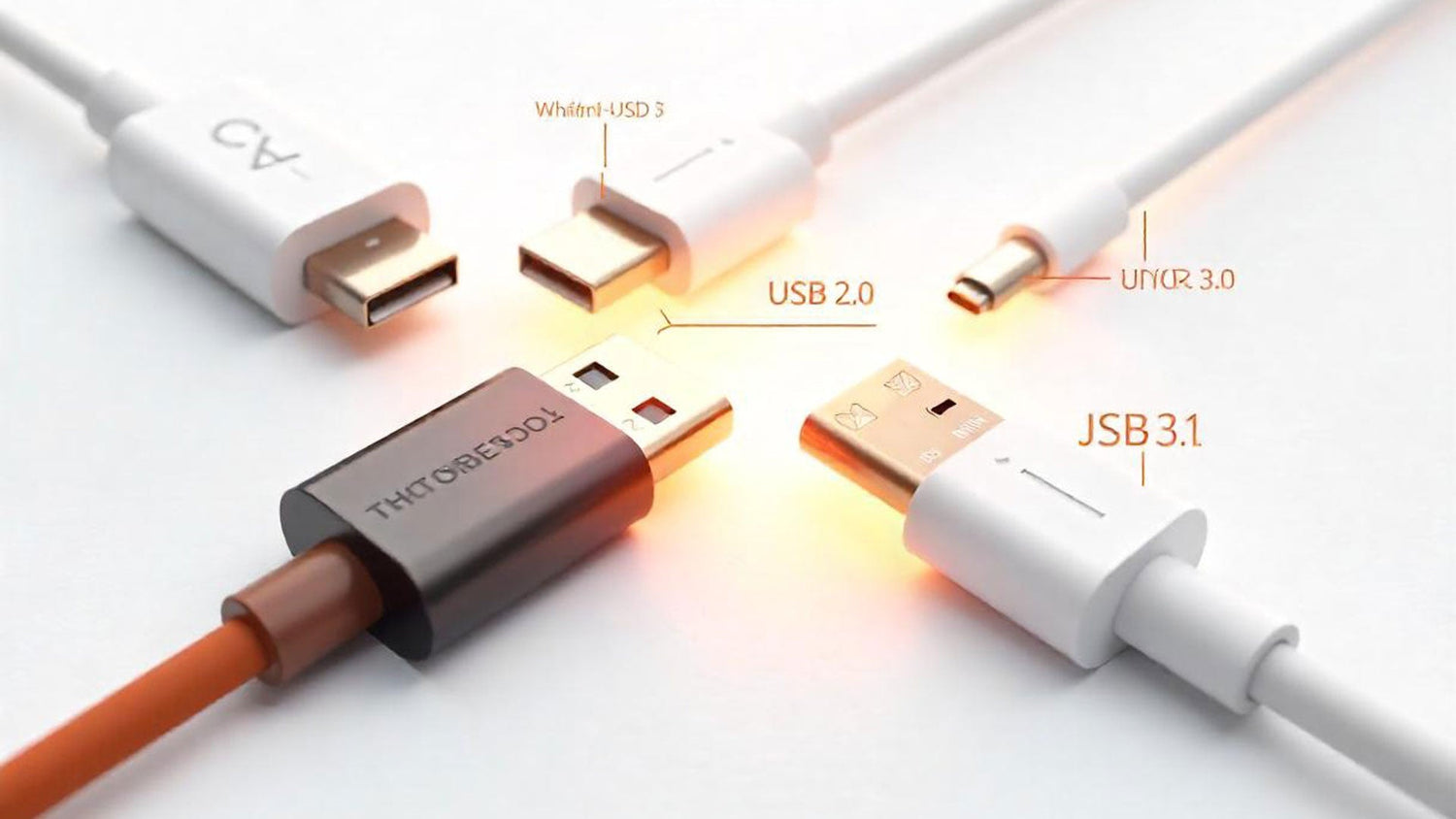
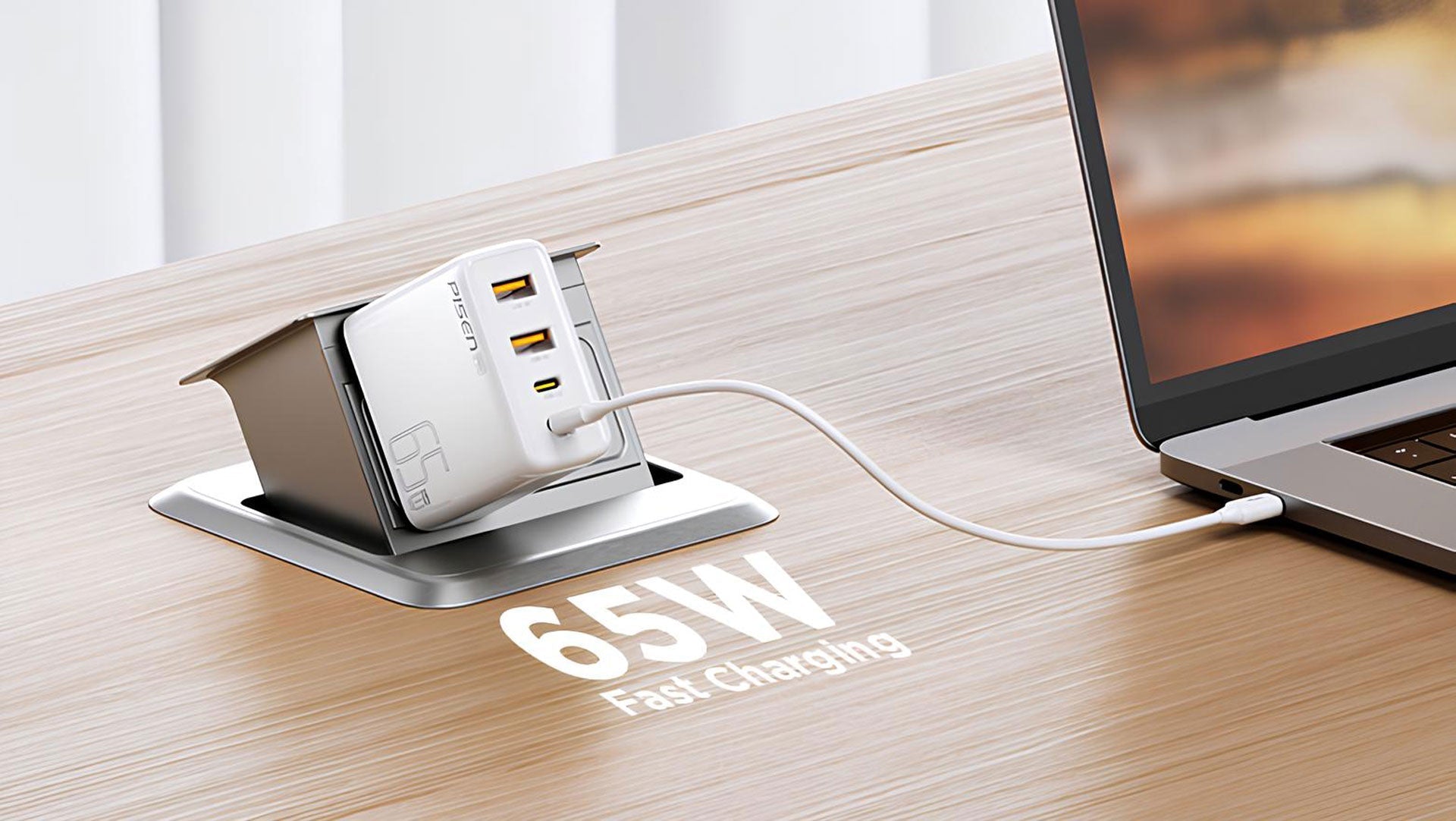
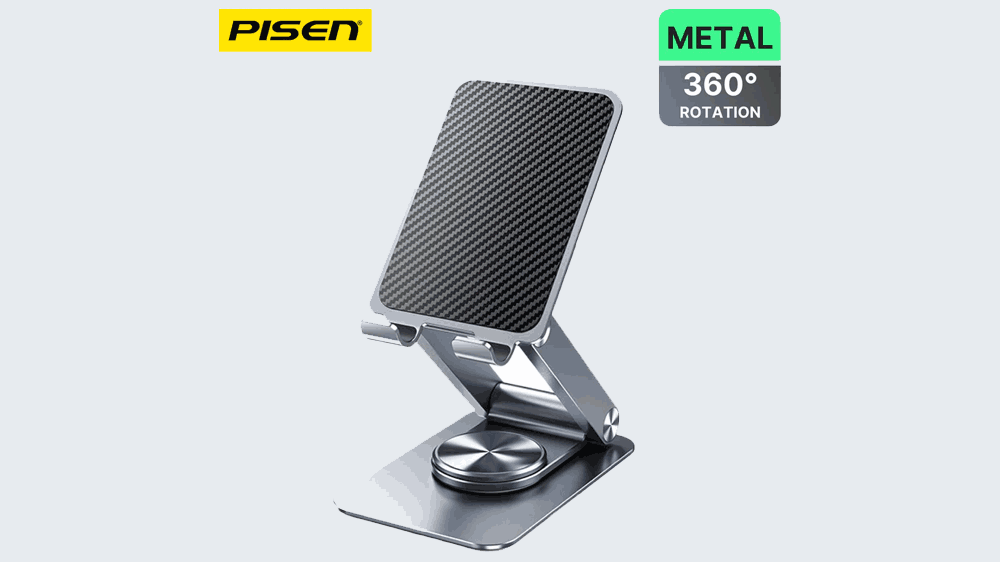
Leave a comment
This site is protected by hCaptcha and the hCaptcha Privacy Policy and Terms of Service apply.